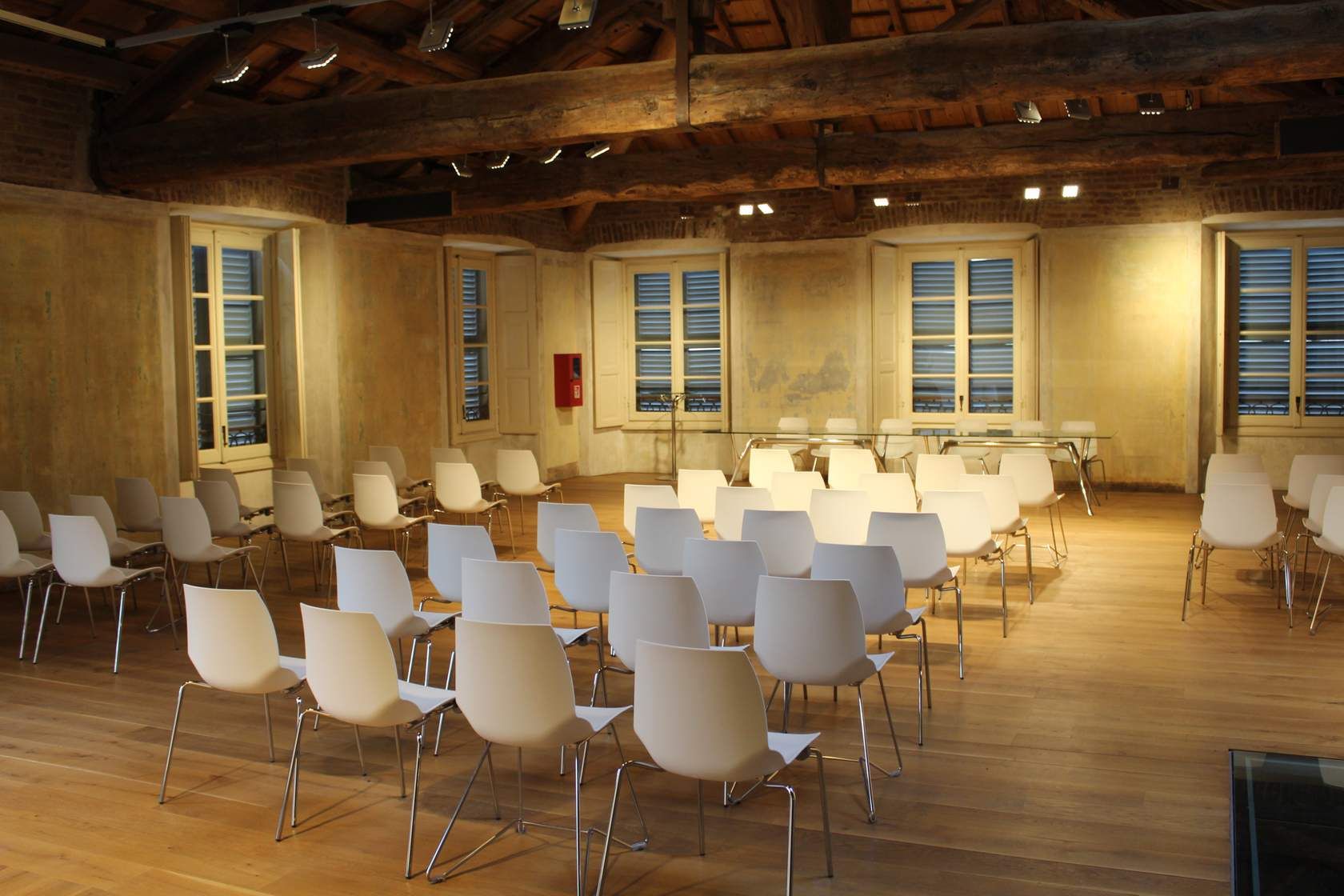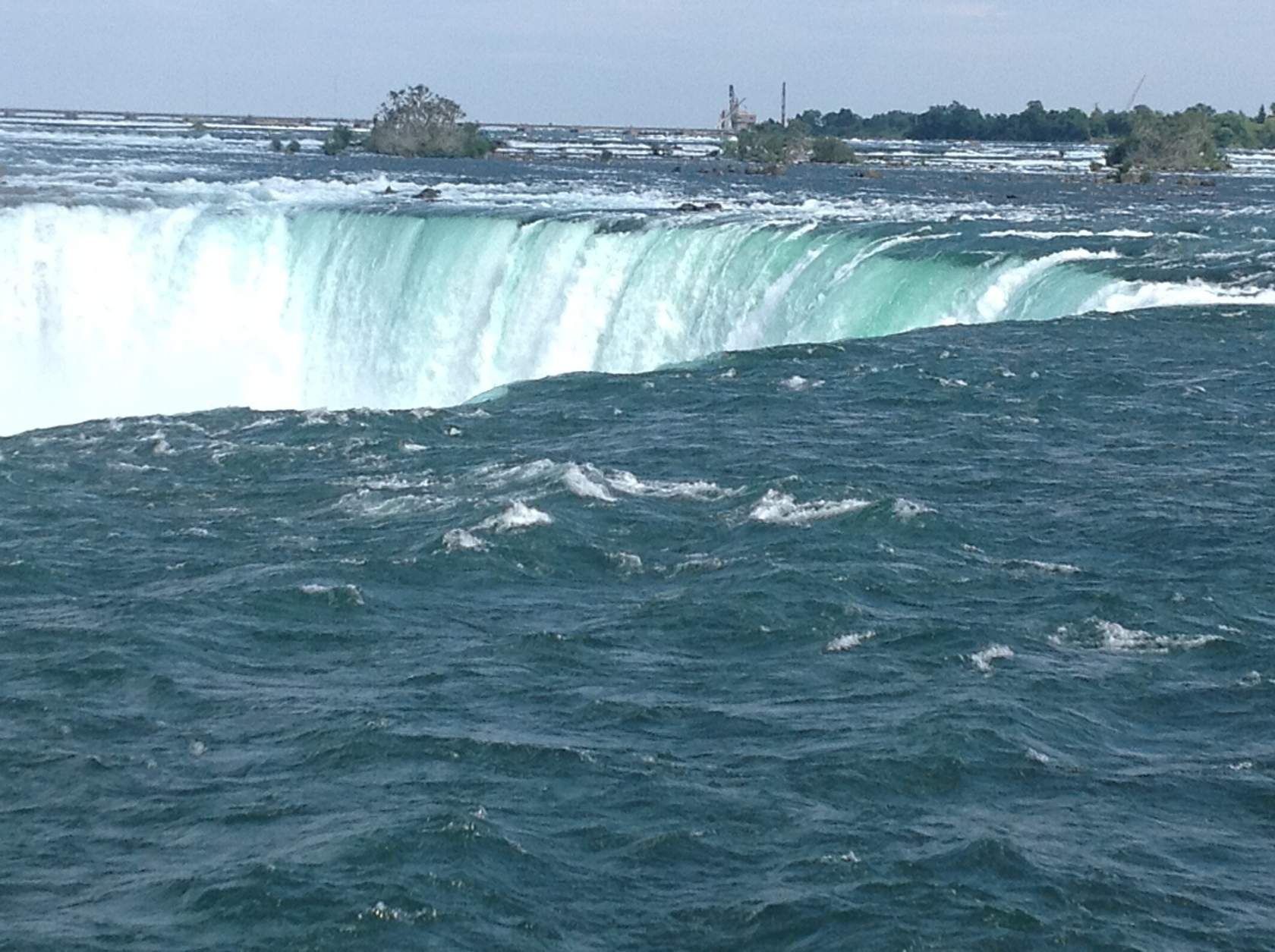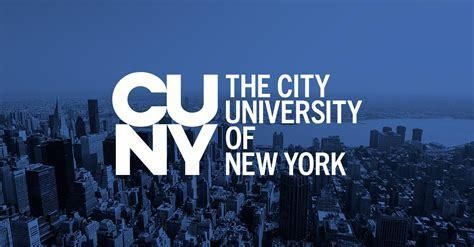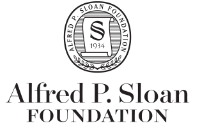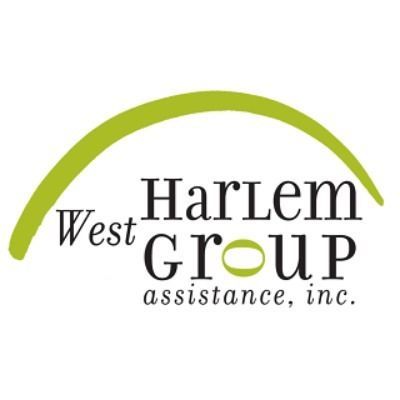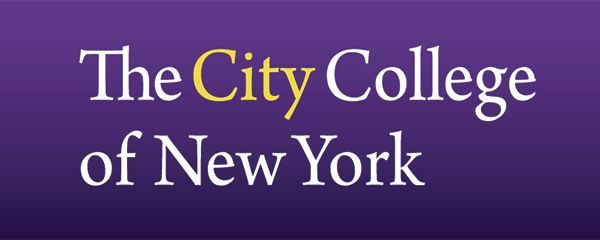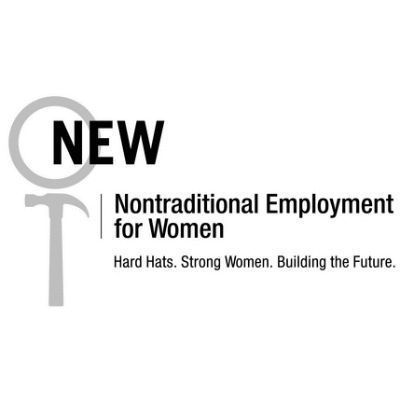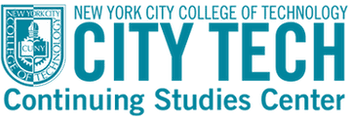Walking Tour: From Luxury to Tuberculosis in the Upper East Side
Two critical events irreparably changed Manhattan’s Upper East Side into the residential district it is today—the creation of Central Park (1857) and Park Avenue north of Grand Central Terminal (1888). While Central Park defined the Upper East Side; Park Avenue refined it. Wealth followed the open and recreational spaces of Central Park while Park Avenue effectively separated the served from the servants—and those in between.
In addition to the professional class that settled on Park Avenue, or closely to its eastside, artisanal and working-class immigrant ethnic communities developed between Lexington Avenue and the East River. Hospitals and medical facilities evolved along the East River because of its salutary open space (and distance from the wealthy)—no “Magic Mountain” here for those with Tuberculosis.
Come explore the major shifts in the social, economic, political, and physical evolution of NYC's UES.

